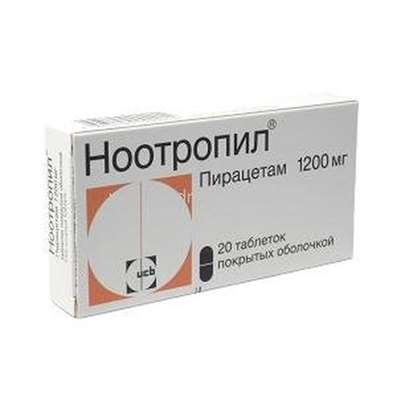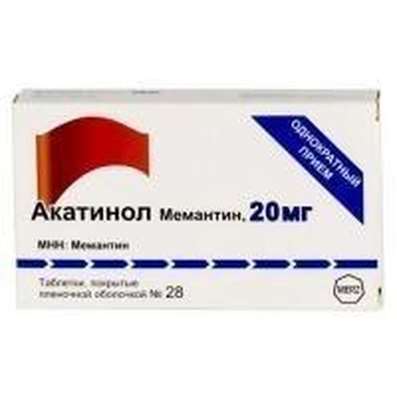Catecholamines
25 Feb 2018
Catecholamines - physiologically active substances that serve as chemical intermediaries and "control" molecules (mediators and neurohormones) in intercellular interactions in animals and humans, including in their brains; derivatives of pyrocatechol. Catecholamines include, in particular, neurotransmitters such as epinephrine, norepinephrine, dopamine (dopamine). Adrenaline is often, especially in Western literature, called "epinephrine" (that is, the "substance of the adrenal glands"). Accordingly, norepinephrine is often called "norepinephrine".
Catecholamines adrenaline, norepinephrine and dopamine are synthesized in the adrenal medulla and brain. Since in various diseases catecholamines and their metabolites, for example, metanephrine and normetanephrine are secreted in elevated amounts, they can be used for diagnostic purposes. At a number of mental diseases in certain areas of the brain there is a lack of catecholamines.
Adrenaline is the final product of the biosynthesis of catecholamines. In general, the synthesis of catecholamines is a complex biochemical process. Schematically it looks like this: Tyrosine → DOPA → Dopamine → Noradrenaline → Adrenaline. A number of enzymes are required to catalyze this process.
Catecholamines directly or indirectly increase the activity of the endocrine glands, stimulate the hypothalamus and pituitary gland. At any hard work, especially physical, the blood content of catecholamines increases. This is an adaptive response of the body to a load of any kind. And the more pronounced the reaction, the better the organism adapts, the faster the state of fitness is achieved. With intensive physical work, increased body temperature, increased heart rate, etc. is caused by the release of a large number of catecholamines into the blood.
Adrenaline is called the "hormone of fear" due to the fact that when frightened the heart starts to beat more often. Emission of adrenaline occurs with any strong excitement or heavy physical exertion. Adrenaline increases the permeability of cell membranes for glucose, increases the breakdown of carbohydrates (glycogen) and fats, causes narrowing of the vessels of the abdominal cavity organs, skin and mucous membranes; dilates the vessels of skeletal muscles. Arterial pressure increases with adrenaline. If a person is frightened or agitated, then his stamina rises sharply.
Norepinephrine is called the "hormone of rage", because as a result of the release of norepinephrine into the blood, there is always a reaction of aggression, the muscular strength considerably increases. Its secretion and release into the blood increases with stress, bleeding, heavy physical work and other situations that require a quick rebuilding of the body. Since norepinephrine has a strong vasoconstrictor effect, its release into the blood plays a key role in regulating the rate and volume of blood flow.
Dopamine causes an increase in cardiac output, has a vasoconstrictive effect, improves blood flow, etc., stimulates the breakdown of glycogen and suppresses the utilization of glucose by tissues. Dopamine also causes a sense of pleasure, what influences the processes of motivation and learning. Dopamine causes an increase in the concentration of glucose in the blood. It is involved in the regulation of the formation of growth hormone, in inhibition of prolactin secretion. Inadequate synthesis of dopamine causes impaired motor function - Parkinson's syndrome. A sharp increase in the excretion of dopamine and its metabolites with urine is observed with hormone-active tumors. With gipovitaminozevitamin B6 in the brain tissues, the content of dopamine increases, its metabolites appear, which are absent in the norm.
Inactivation of catecholamines occurs with the participation of two enzymes: catechol-O-methyltransferase and monoamine oxidase, with the final formation of vanillylmandelic acid. The determination of vanillinmendal acid in urine is used for the diagnosis of pheochromocytoma (adrenal medulla tumor).
A number of pathological processes in the adrenal gland (usually a tumor etiology) is associated with the constant or paroxysmal discharge of catecholamines into the synaptic cleft. The most common is the so-called. pheochromocytoma, that is, the tumor of the adrenal medulla, where the synthesis of catecholamines occurs. In 10% of cases, pheochromocytomas show malignant tumor degeneration. In addition, an increase in the level of catecholamines and their metabolites of metanephrine and normetanephrine can be observed with carcinoid.
#physiology #biochemistry #mediators #catecholamines #adrenaline #norepinephrine #dopamine

 Cart
Cart





